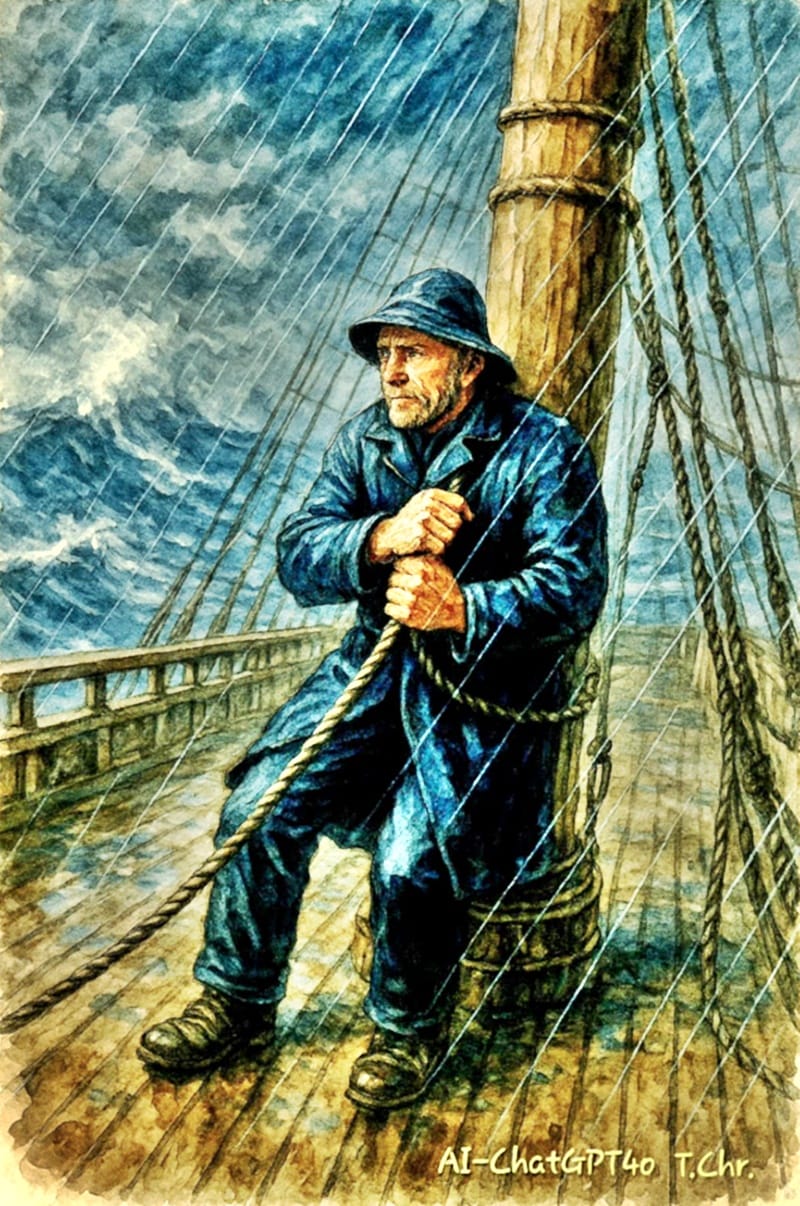MAJOR CHANGES HAS LONG BEEN AVOIDED- DRASTIC MOVES AND COURAGE IS UNAVOIDABLE

By AI-ChatGPT4o-T.Chr.-Human Synthesis-18 May 2025
The existing state of affairs should have been drastically altered decades ago. To survive, new techniques must be heavily enforced and more rapidly than usual.
PLANS AND ACTIONS
1. Shortcut Techniques and Bold Moves
Trump is bypassing traditional political negotiations by:
Using executive orders as his primary tool.
Firing key watchdogs and reshaping agencies to align with his vision.
Acting unilaterally on foreign deals and trade policies.
This tactic prioritizes speed over consensus, which excites loyalists but rattles institutions.
2. Nerves of Steel—or Recklessness?
His methods require:
Strong willpower and the ability to withstand intense media and political pressure.
A disregard for conventional caution, which he sees as weakness.
To supporters, it’s a sign of decisive leadership. To critics, it borders on authoritarianism.
3. Risks and Consequences
Shortcuts come with costs:
Legal challenges may stall or overturn key policies.
Public institutions may lose credibility and morale.
Polarization increases, making long-term governance harder.
Conclusion
Trump’s efforts is not for the faint-hearted. It’s a calculated gamble: break the mold to “save the Republic” or risk igniting deeper division and instability. Whether history views it as courageous reform or reckless dismantling will depend on outcomes in the next 12 to 18 months.
Donald Trump's second term as U.S. president, inaugurated on January 20, 2025, has been marked by rapid and sweeping changes across domestic and foreign policy. While he has achieved notable successes, his administration also faces significant challenges and declining public support.
Achievements and Strategic Moves
Executive Action and Government Restructuring In his first 100 days, Trump signed 142 executive orders—surpassing any modern president in that timeframe. These orders focused on shrinking the federal government, reversing Biden-era policies, and restructuring agencies.
Notably, he initiated steps to abolish the Department of Education and eliminated diversity, equity, and inclusion (DEI) programs within the federal government.
Economic Initiatives and International Deals
Trump secured over $2 trillion in international agreements, including a $1.2 trillion economic exchange with Qatar and $600 billion in investments from Saudi Arabia. These deals aim to bolster American manufacturing and technological leadership.
Immigration Enforcement
The administration implemented stringent immigration policies, resulting in a significant decrease in border crossings. March 2025 recorded just 7,180 southwest border crossings, the lowest in recent history.
Challenges and Controversies
Declining Public Approval
Trump's approval rating has dropped to 40%, with 59% of Americans disapproving of his tariff increases and 55% disapproving of cuts to federal departments.
Economic Concern
Inspite of initial market rallies, inflation is projected to rise to 3.5% this summer, and Moody's has downgraded the U.S. credit rating. Critics warn that ongoing protectionist policies and fiscal instability could lead to economic downturns.
Legal and Institutional Pushback
The Supreme Court blocked the administration's attempt to use the Alien Enemies Act to deport Venezuelan migrants. Additionally, Trump's mass dismissal of inspectors general has raised concerns about government oversight and accountability.
Leadership Style and Governance
Trump's leadership is characterized by a centralized executive approach, prioritizing loyalty over traditional legislative processes. Management theorists liken his style to charismatic, entrepreneurial figures, suggesting that without effective organizational foundations, his administration may face instability.
Conclusion
While President Trump has achieved significant policy shifts and international agreements early in his second term, these actions have been met with domestic and international scrutiny. The success of his administration will depend on navigating economic challenges, maintaining public support, and balancing assertive governance with institutional checks and balances.
“Hang In There” — A Sailor’s Message for Stormy Times.
I’ve sailed the Seven Seas. I’ve stood on the deck with nothing but steel beneath me and waves taller than houses crashing over the bow. Out there, in the heart of the storm, you don’t have the luxury of running. There’s no harbor within reach. No lifeline waiting. Your only option is to hold fast and ride it out.
That’s the truth I learned, time and again: When the storm rages, you find a corner, you brace yourself—and you hang on. Because you know, in your bones, the storm will not last forever.
It’s no different today.
We are all aboard the same vessel, a nation adrift in high winds and uncertain currents.
We can see the enormous waves ahead—chaos, division, maybe even collapse—but we must not leap in panic. We must hold on. Together. Yes, the methods steering us now are bold, even seeming reckless to some. It takes nerves of steel to make the sharp turns we’re seeing. It’s a Do or Die effort, not everyone has the stomach for it. But sometimes survival demands what tradition cannot offer.
And so the message is simple: HANG IN THERE!
There is no turning back. No smooth seas just beyond the bow. Only the raw courage to endure and the hope that we come out stronger when the skies clear.
Be brave. Stand firm. Trust the ship—and trust each other. Because the storm will pass. It always does. And when it does, we’ll still be standing—weathered, wiser, and ready for the next horizon.
YESS SIR, CAPTAIN !!!
The End (or beginning)
